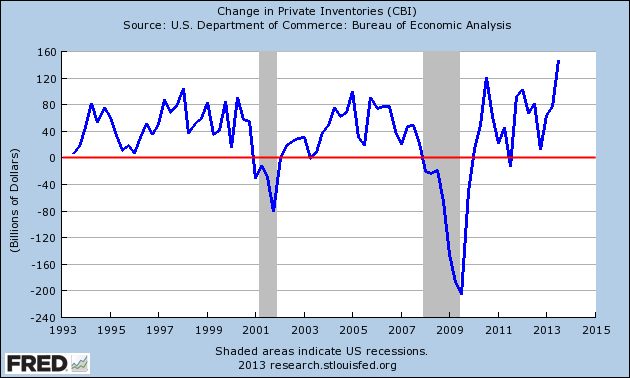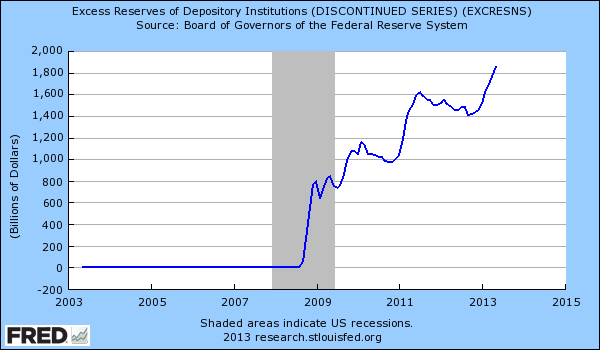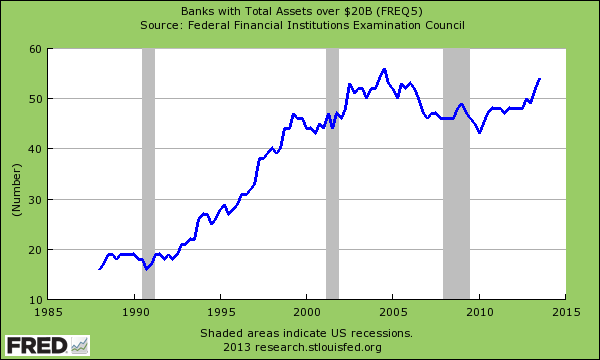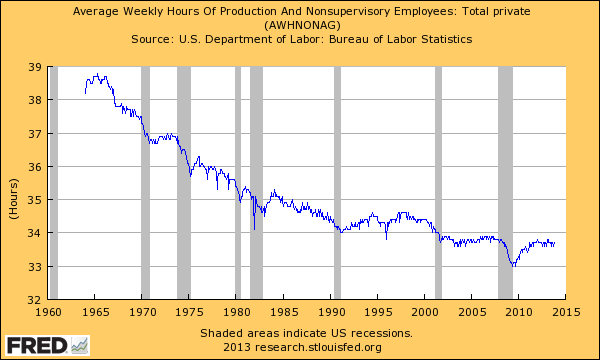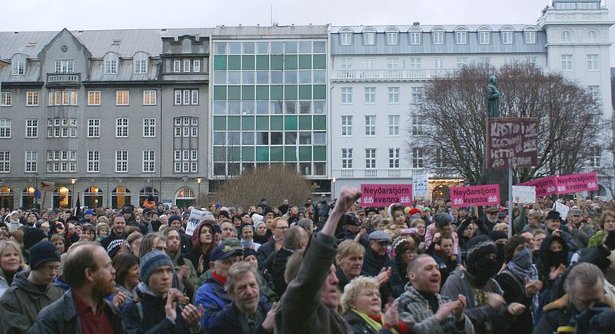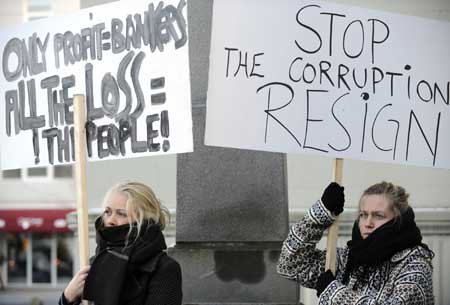By
Michael
Lombardi, MBA for Profit Confidential

Finally
some good news in the U.S.
jobs
market?
The Bureau of Labor Statistics (BLS) reported Friday that, in
November, 203,000 jobs were added to the U.S. jobs market. As a
result, the unemployment rate went down to 7.0% from 7.3% in October.
In addition to this, the BLS also revised the job numbers from
October and September, saying 20,000 more jobs were created than
previously reported. (Source: Bureau of Labor Statistics, December 6,
2013.)
Yes, the jobs market report for November is a step in the right
direction. And, while I’m certain the politicians and the
mainstream will have a field day with this news, the underlying
statistics in the jobs market are not improving.
The underemployment rate, which includes people who have given up
looking for work and those who have part-time jobs that want
full-time jobs, still sits at 13.2%.
In addition, the number of long-term unemployed, those who are out
of work for more than six months, made up 37.3% of all unemployed in
November! There are
4.4 million long-term unemployed
people in the U.S. and the longer they stay out of work, the harder
it will be for them to get back into the market.
Finally, the majority of jobs created in the U.S. economy continue
to be created in the low-wage-paying sectors.
The bottom line here is that the “official” unemployment
numbers do not reflect what’s really going on in the jobs market.
But the official rate is going in the right direction…and moving
close to the point (6.5% unemployment) where the Federal Reserve said
it would start pulling back on its money printing program.
As we all know, the stock market is terrified of the Fed pulling
back on money printing. So an improving official unemployment rate
has now become a bad thing for the stock market. A scary thought.
Michael’s
Personal Notes:
On the surface, the recent U.S.
GDP numbers
looked great. I hear the U.S. economy grew at a revised annual pace
of 3.6% in the third quarter of 2013—its fastest GDP growth rate
since at least the financial crisis. (Source: Bureau of Economic
Analysis, December 5, 2013.)
But when I look closer at the numbers released by the government,
I discover the U.S. economy didn’t grow due to
consumer
spending, the most important factor of economic growth, but
rather due to a lack of consumer spending!
Let me explain…
In the third quarter, real personal consumption expenditure (a
measure of consumer spending) increased by only 1.4%. That’s down
30% from the second quarter!
So how did GDP rise so much in the third quarter while consumer
spending pulled back?
U.S. GDP increased in the third quarter because businesses
stockpiled more of their goods. In the third quarter, private
inventories increased by $116.5 billion; in the second quarter, they
increased by $56.6 billion; and, in the first quarter, they increased
by $42.2 billion.
The way GDP is calculated, an increase in business inventories
pushes up GDP growth! Now the kicker: almost 50% of the increase in
U.S. GDP in the third quarter came from an increase in business
inventories!
This worries me a lot.
Rapidly increasing business inventories is a major sign that
consumer spending isn’t growing. Those who say there’s economic
growth in the U.S. economy have to be very careful in their
conclusion. Consumer spending is the backbone of U.S. economy. If it
declines, we will have economic suffering across the board.
As some point, businesses will have to stop stockpiling the goods
they produce and start laying off staff if those inventories are not
taken down; they can’t just go on creating more and more inventory
if that inventory isn’t moving.
The statistics I see and interpret tell me that
consumer
spending in the U.S. economy is in trouble. Obviously, this
is not good for corporate earnings. But have no fear, dear reader.
The stock market is continuing to rise, the “official” government
statistics show that the unemployment picture is improving, and the
U.S. GDP is improving. Now, if I could only believe those statistics…



 As predicted many months, Detroit’s bankruptcy filing has been
validated in a ruling by Bankruptcy Court Judge Steven Rhodes. He
rejected numerous objections posed by unions, pension funds and
retirees. They’re the big losers under any reorganization plan that
scales back Detroit’s long-term liabilities.
As predicted many months, Detroit’s bankruptcy filing has been
validated in a ruling by Bankruptcy Court Judge Steven Rhodes. He
rejected numerous objections posed by unions, pension funds and
retirees. They’re the big losers under any reorganization plan that
scales back Detroit’s long-term liabilities. Detroit’s emergency manager Kevyn Orr says a pension fund takeover is a
“right, if not an obligation” after Orr learned of extra, unwarranted
pension payments.
Detroit’s emergency manager Kevyn Orr says a pension fund takeover is a
“right, if not an obligation” after Orr learned of extra, unwarranted
pension payments.


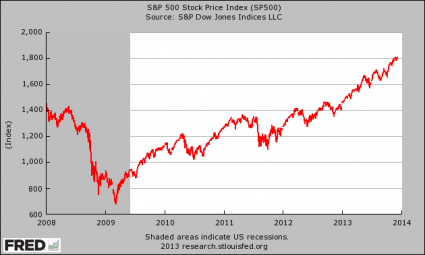
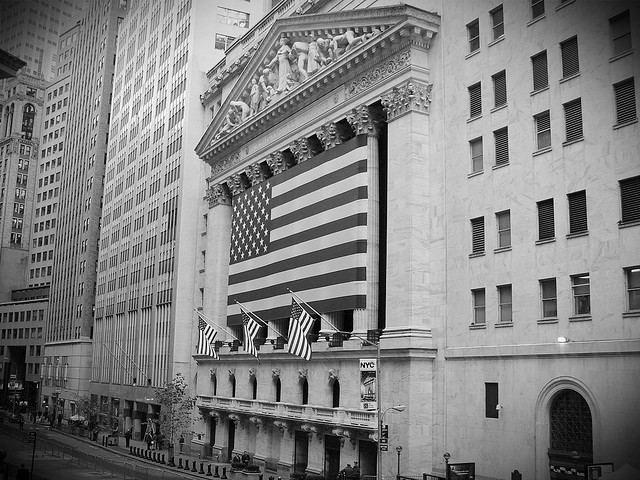
 Finally
some good news in the U.S.
Finally
some good news in the U.S. 